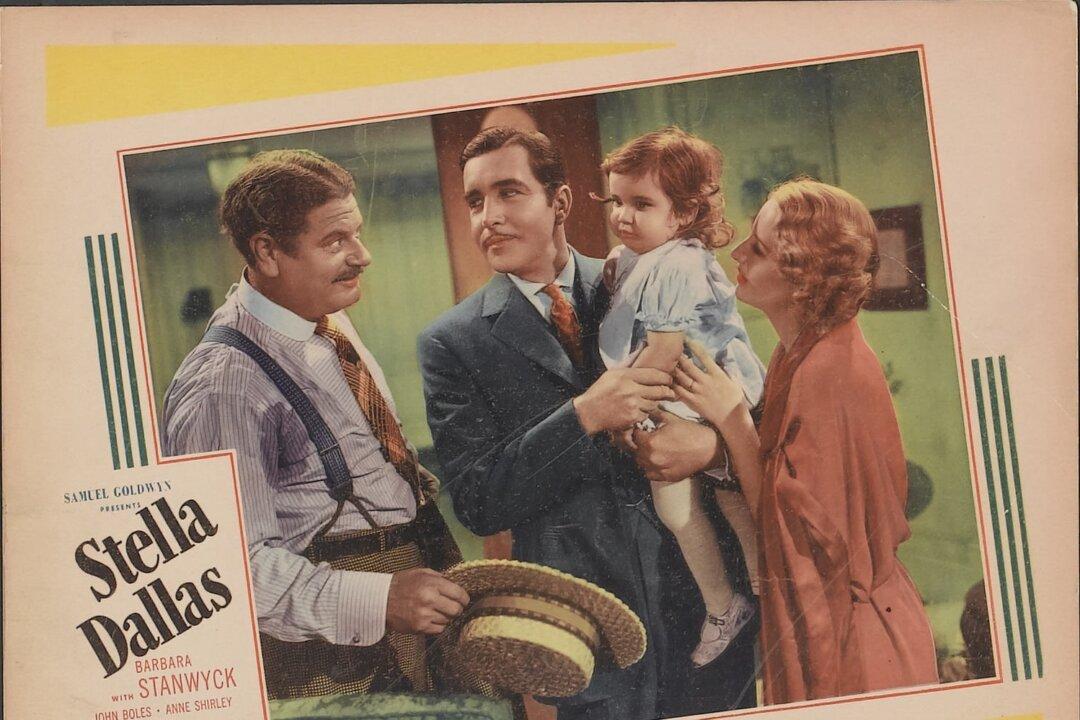U | 1h 46 min | Drama | 1937
Director King Vidor’s “Stella Dallas” is about exchanging dreams: those we choose to exchange and those we’re compelled to. His film draws on Massachusetts-born Olive Higgins Prouty’s novel of the same name.

U | 1h 46 min | Drama | 1937
Director King Vidor’s “Stella Dallas” is about exchanging dreams: those we choose to exchange and those we’re compelled to. His film draws on Massachusetts-born Olive Higgins Prouty’s novel of the same name.